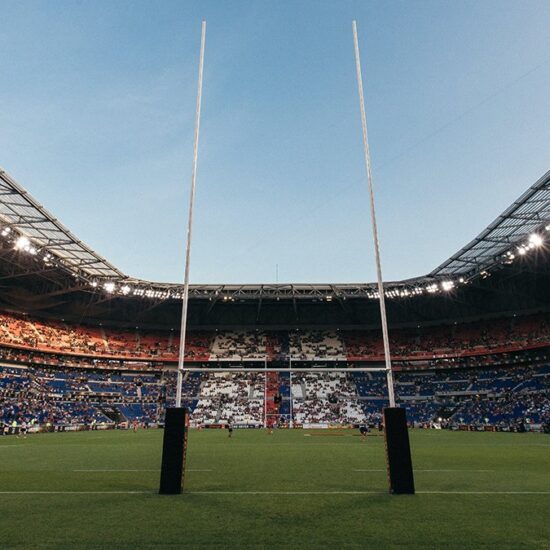
ورزش زنده
همراهمون باشید
ترند های هفته
پست های ویژه
رابطه سرمایه اجتماعی و بیسبال در ایالات
معرفی کامل قالب نئوتون: اگه به دنبال یک پوسته خبری، وبلاگی و مجله ای سئو...
چرا ورزش بوکس بین نوجوانان ایرانی محبوبتر
معرفی کامل قالب نئوتون: اگه به دنبال یک پوسته خبری، وبلاگی و مجله ای سئو...
برنامههای راهبردی فوتبال بانوان امارات تا سال
معرفی کامل قالب نئوتون: اگه به دنبال یک پوسته خبری، وبلاگی و مجله ای سئو...
رونمایی از بزرگترین استادیوم جهان در مراکش
معرفی کامل قالب نئوتون: اگه به دنبال یک پوسته خبری، وبلاگی و مجله ای سئو...
دسته بندی ها
مطالب محبوب
اخبار ورزشی روز
برنامههای راهبردی فوتبال بانوان امارات تا سال 2030
شتابان وب
۲۹ مرداد ۱۴۰۱









